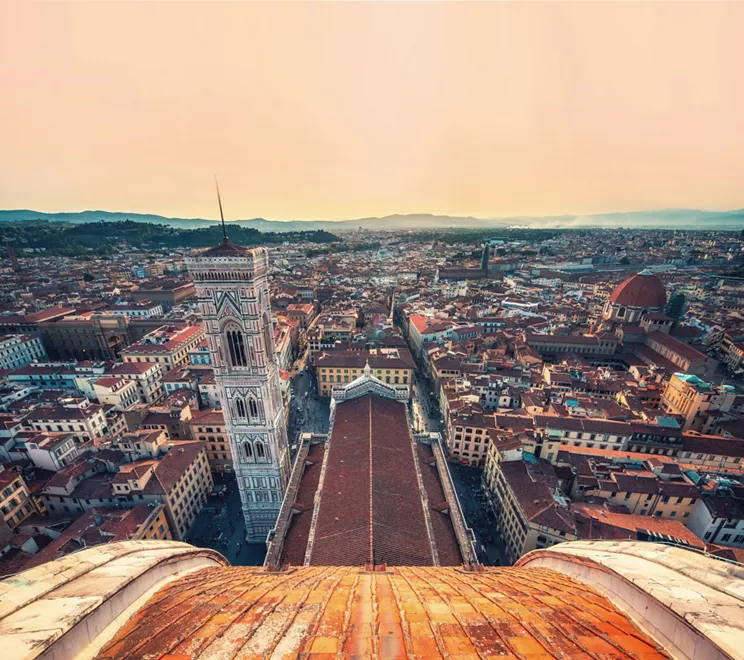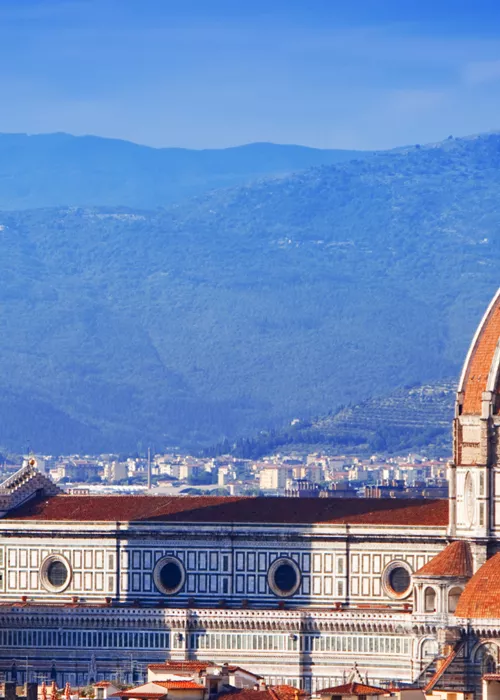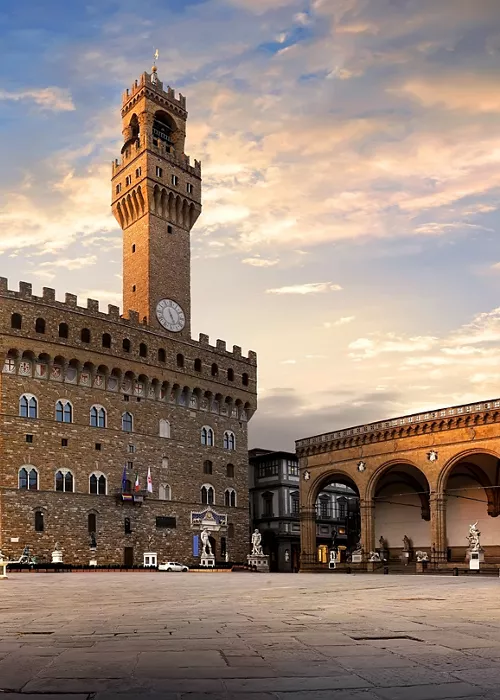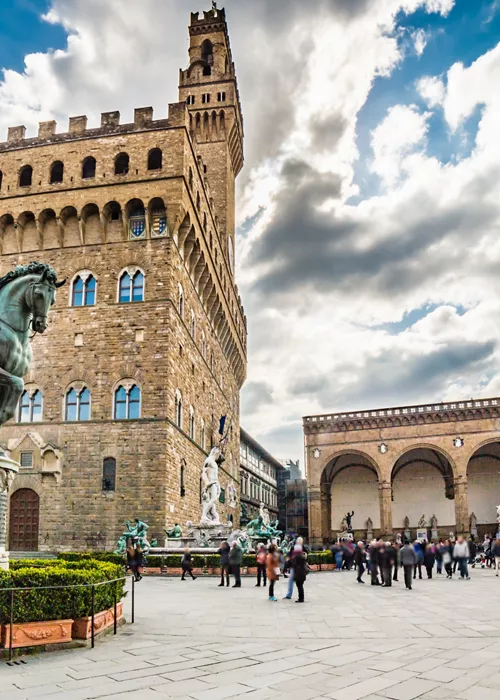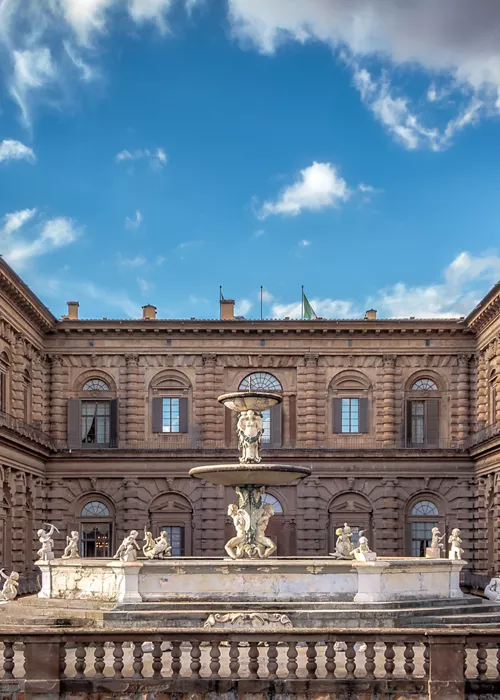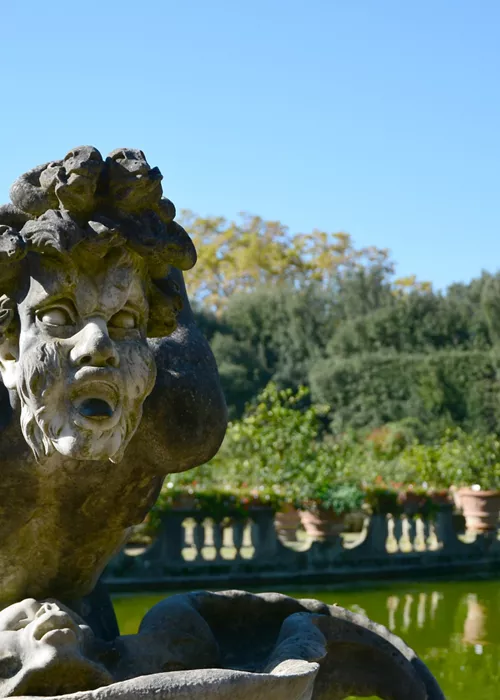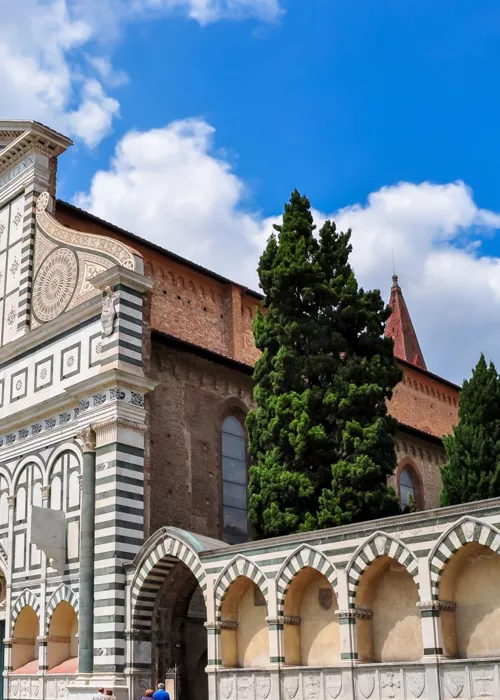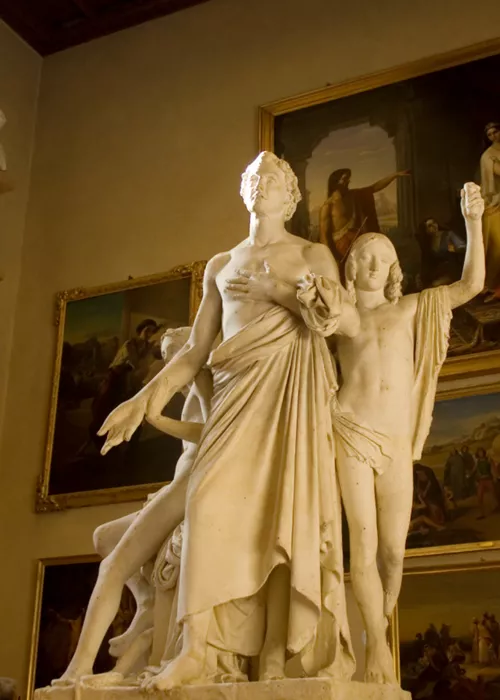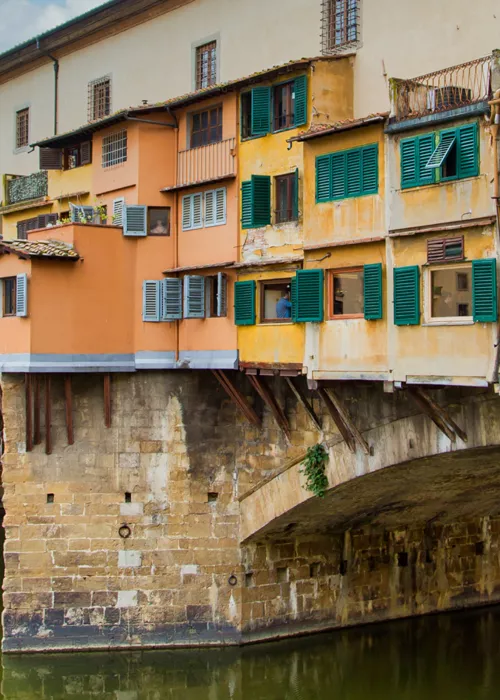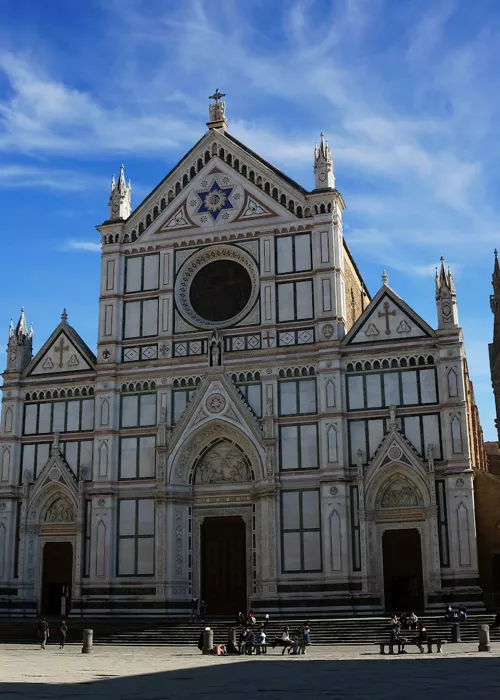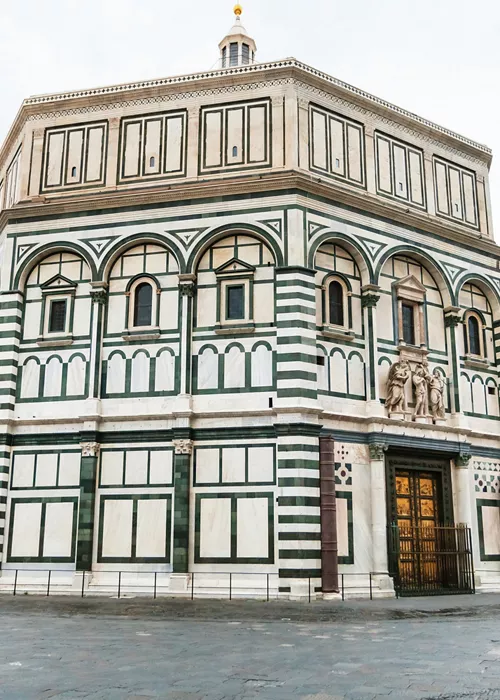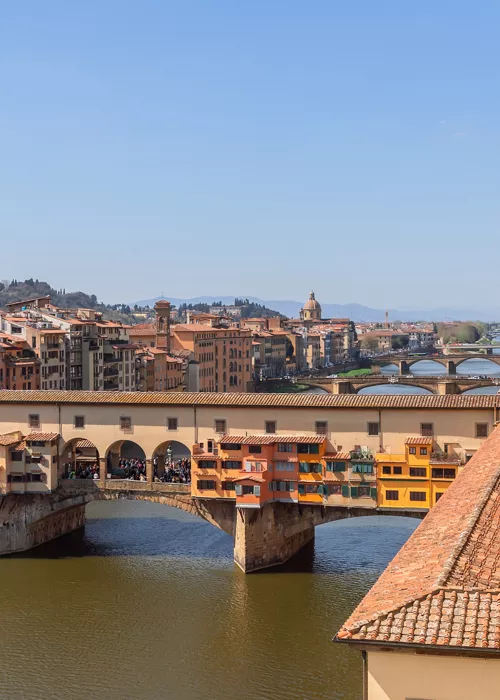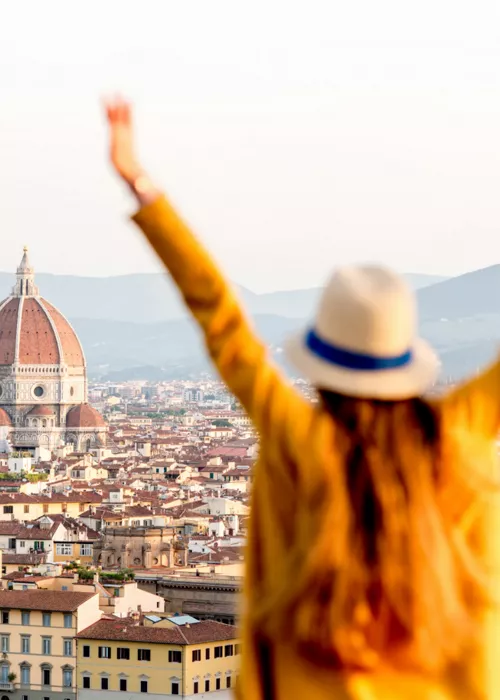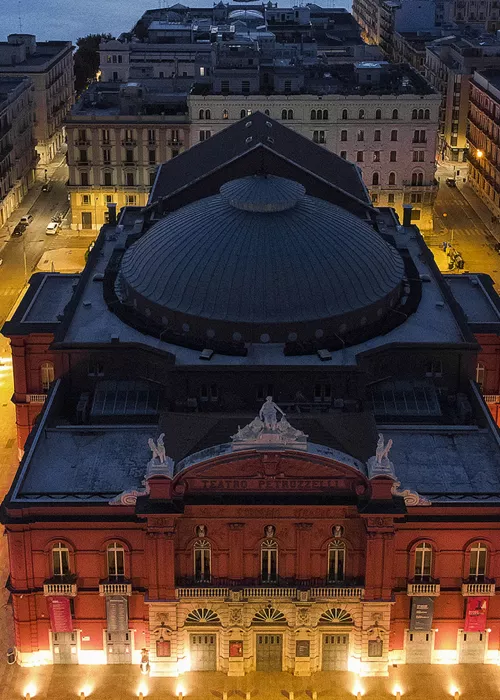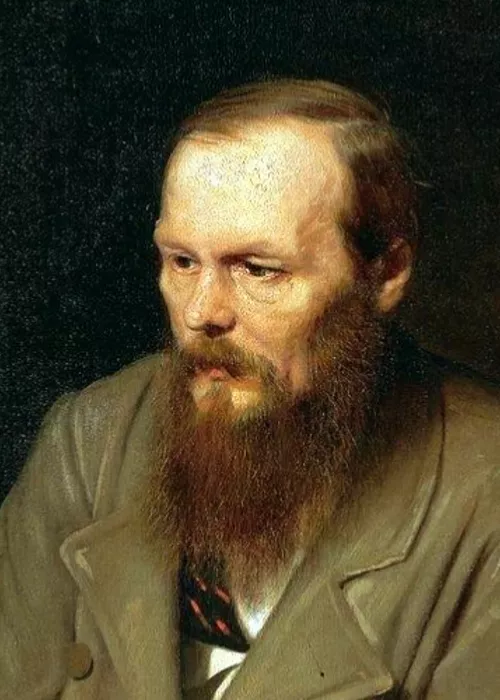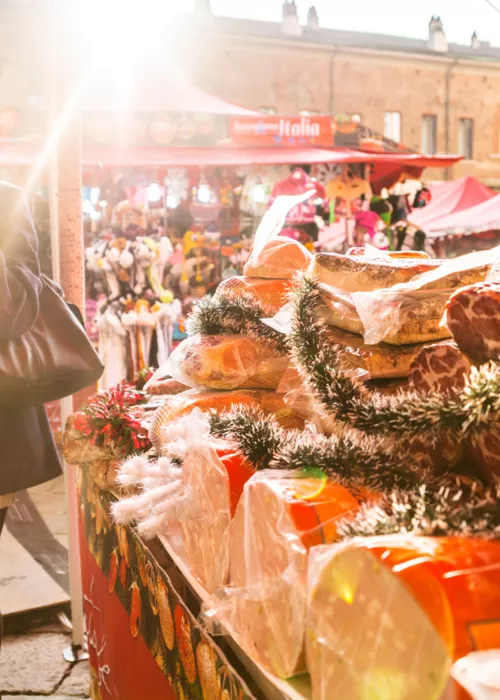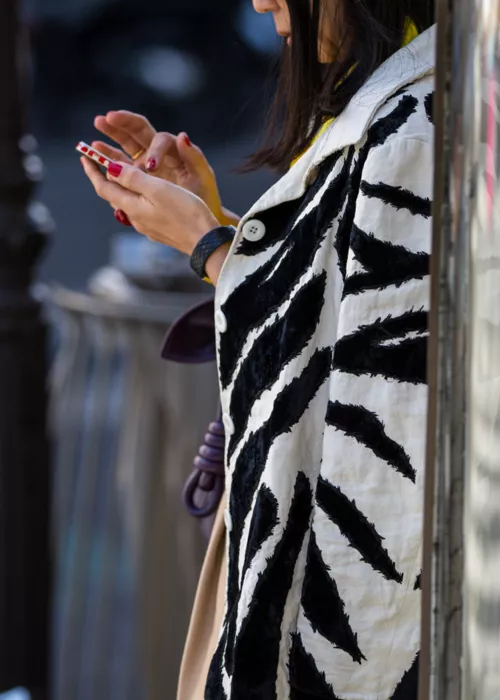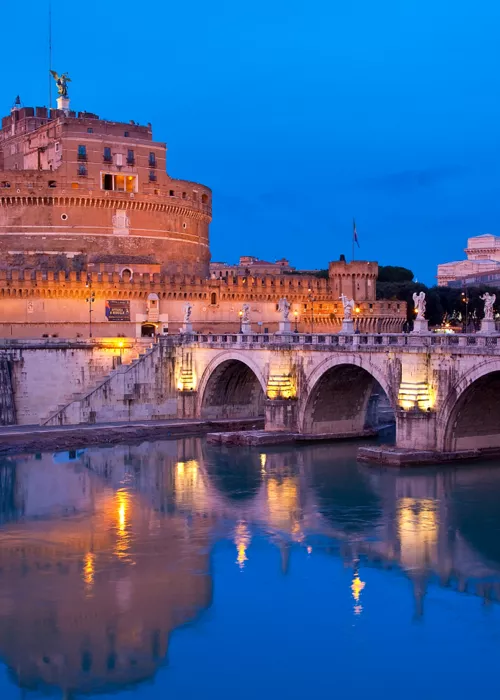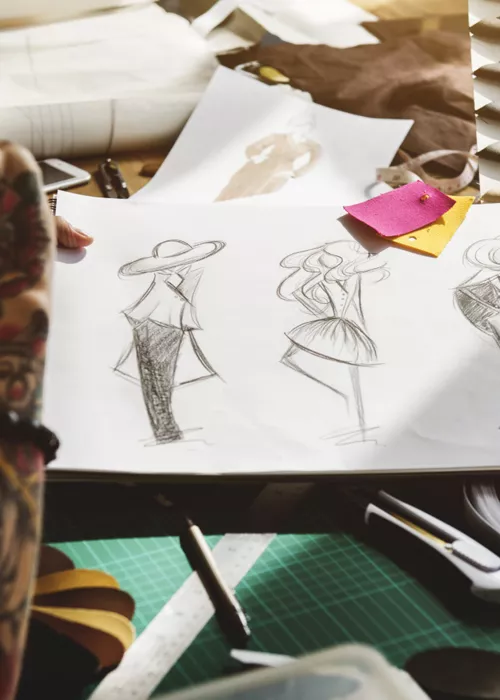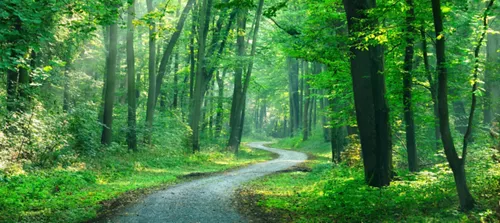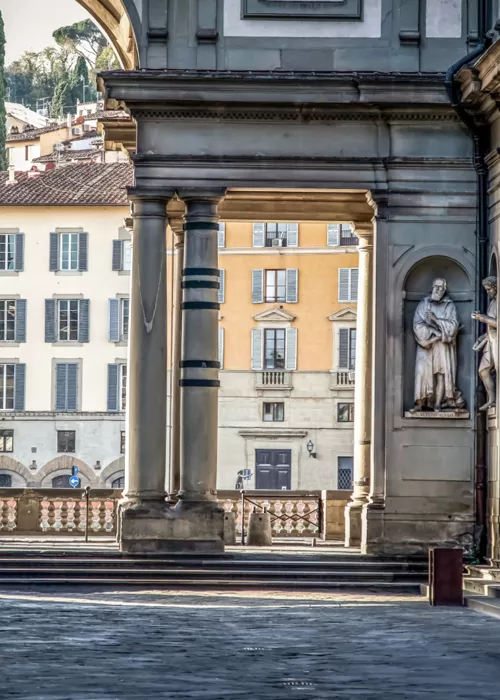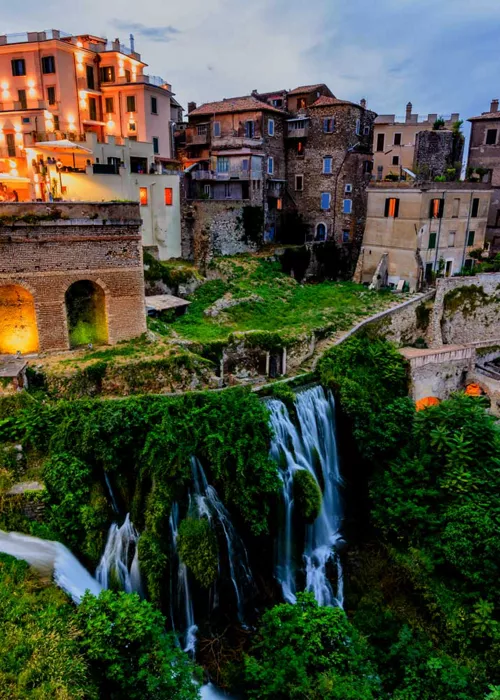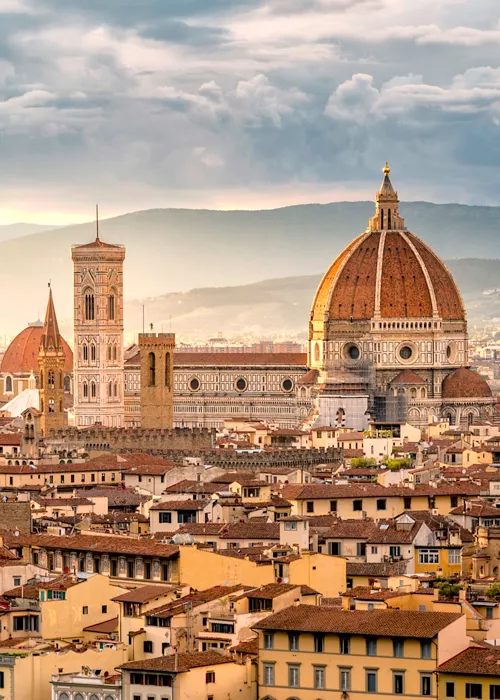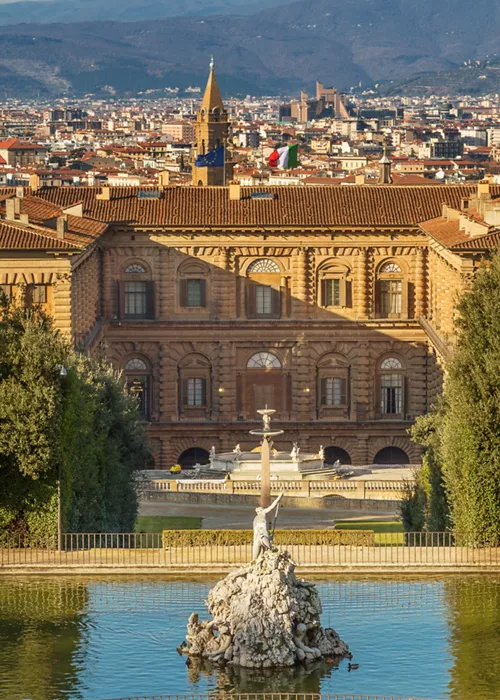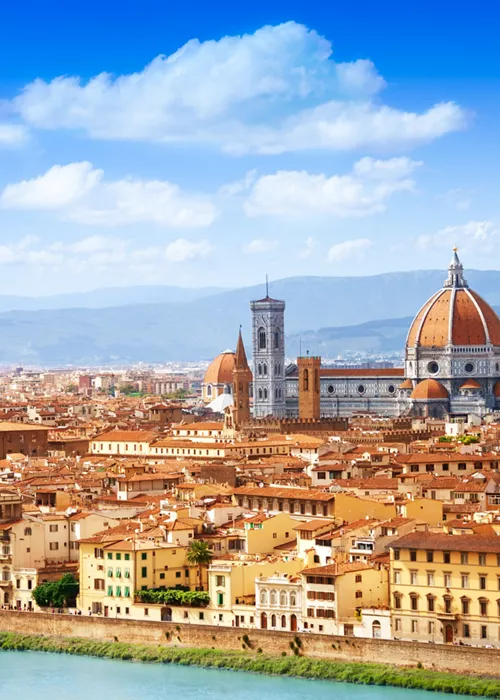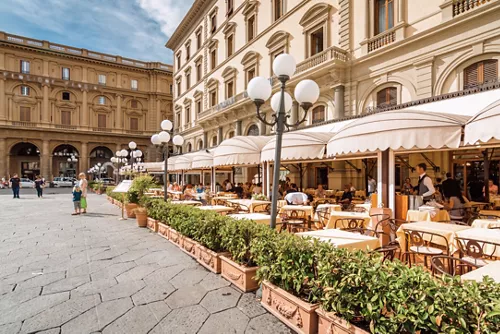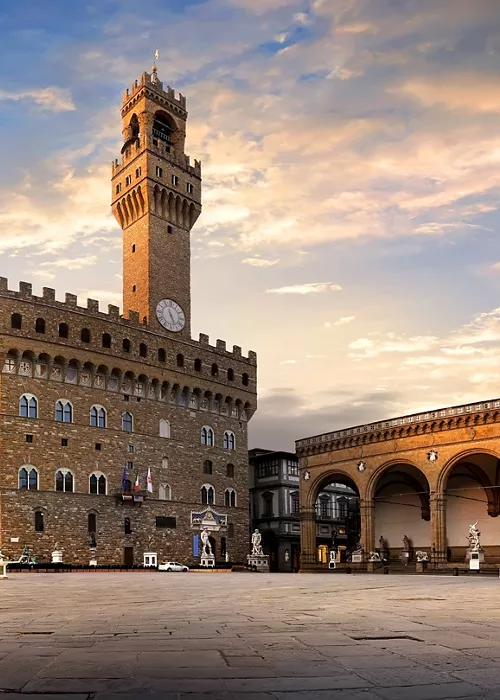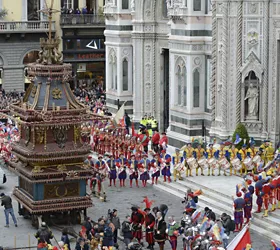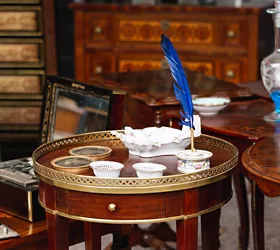The historic centre of Florence, one of the most beautiful in the world
4 minutes
Florence is a city that amazes, seduces and stays in your heart. The Tuscan capital is an open-air museum full of architectural masterpieces and unique works of art.
At every turn a marvel, so much so that its historic centre enclosed within the ancient medieval walls has been UNESCO World Heritage since 1982.
What you need to know about Florence
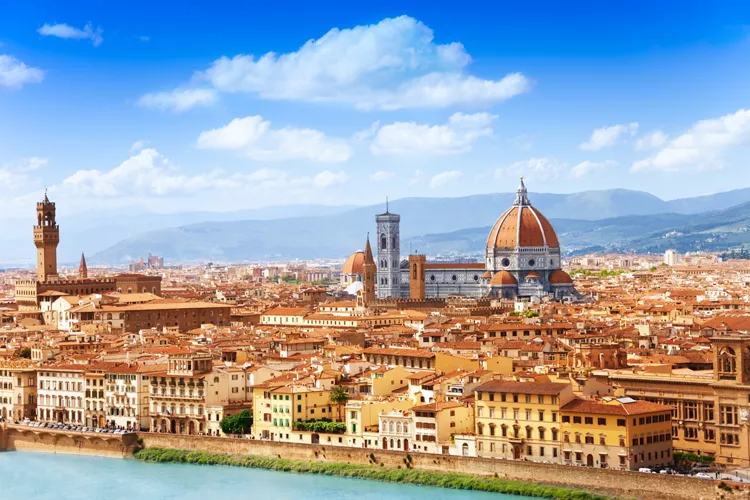
Florence is a treasure trove that’s been enclosed by 13th-century walls for centuries. All that remains of the ancient perimeter today are the monumental towers and the two fortresses, San Giovanni Battista to the north and San Giorgio a Belvedere in the Oltrarno area to the south.
Between the lively district of San Lorenzo and the small district of Santa Croce, Florence contains the largest concentration of world-famous art. Just stroll along its historical centre to admire one masterpiece after another: the Cathedral of Santa Maria del Fiore in Piazza del Duomo, Palazzo Vecchio in Piazza della Signoria, the Uffizi Gallery and Ponte Vecchio, Palazzo Pitti and the Boboli Gardens. Then there’s the Basilica of Santa Maria Novella, the Accademia Gallery and the Basilica of Santa Croce.
History and information on the historic centre of Florence
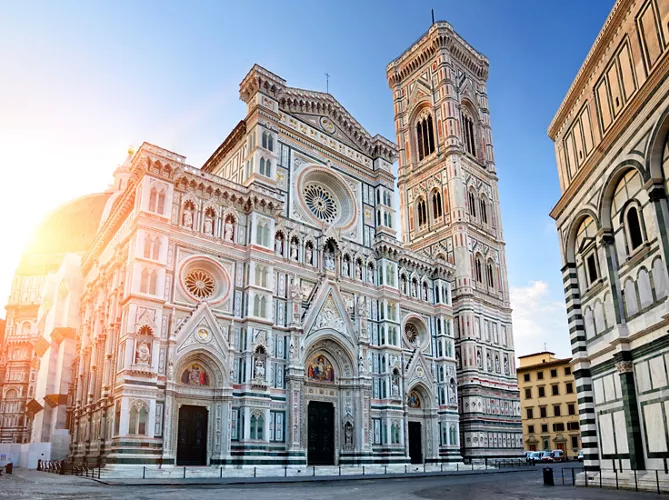
The history of Florence began in 59 B.C. when the Romans founded the village Florentia on the remains of the ancient settlement of Etruscan Florence. From the year 1000 onwards, Florence's splendour grew exponentially each century, and its historical centre also expanded.
For centuries, the centre was bordered to the north by the city walls, today the city's Viali di Circonvallazione (or boulevards), and to the south by the embankment of the Arno River. After 1400, when wealthy Florentine families began to build across the river, the Oltrarno area also became part of the historical centre.
As the capital of Italy for some years, the city is inextricably linked to the intellectuals and artists who made the history of art and literature from the 13th century to the Renaissance, such as Petrarca and Boccaccio, Dante Alighieri and Lorenzo de' Medici, Filippo Brunelleschi and Michelangelo Buonarroti, Leonardo da Vinci and Niccolò Machiavelli.
Why it is a UNESCO site
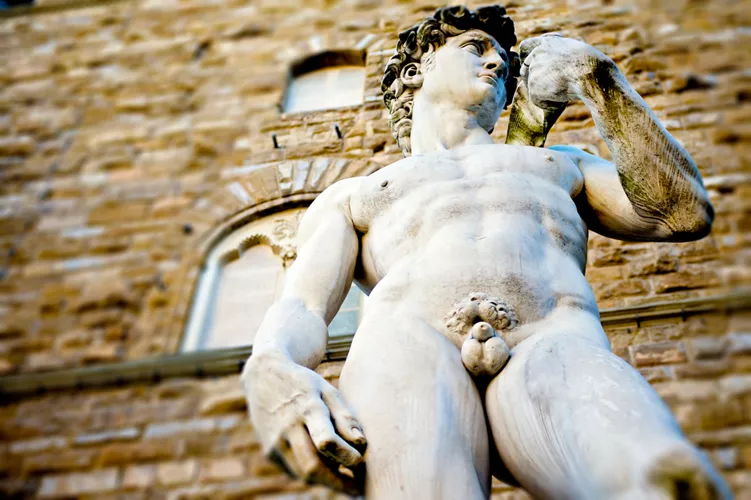
Florence is an exceptional testimony to the merchant Florence of the Middle Ages and the cradle of the Italian Renaissance. It has been UNESCO World Heritage since 1982 and was one of the first sites recognised after the historic city of Rome and Leonardo da Vinci's Last Supper in Milan.
The body of the United Nations recognised the strongest concentration of art known in the world, all contained within the historic centre of Florence, a unique artistic achievement, a masterpiece of medieval and Renaissance art that influenced the development of architecture and monumental arts in the rest of Italy and Europe.
What to see in the historic centre of Florence
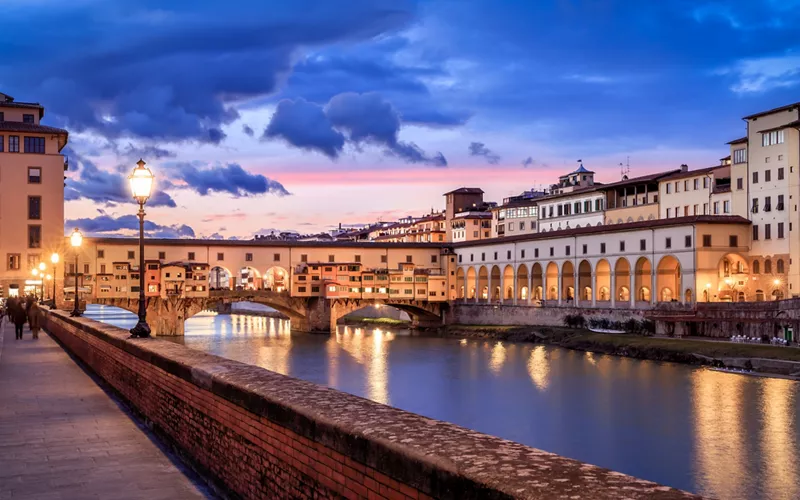
Every corner of Florence is full of things to see. If it’s your first time here, get ready for a walk with plenty of stops to appreciate the masterpieces that have amazed millions of visitors for centuries.
A tour of this open-air museum must start from the heart of Renaissance Florence, the splendid Piazza del Duomo, home to the imposing Cathedral of Santa Maria del Fiore, a 15th-century marvel and the third-largest church in Europe after St Peter's in Rome and the Cathedral in Milan. The construction of the symbol of the city was started in 1296, but was completed in 1436 when the huge dome by architect Filippo Brunelleschi was finally finished.
In front of the cathedral stands the Baptistery of St John with its octagonal plan and a bronze door that Michelangelo called the Gates of Paradise.
Continue on to Piazza della Signoria, seat of civil power and heart of the city's social life. The formidable, 14th-century Palazzo Vecchio stands here.
In front of Palazzo Vecchio you can catch a glimpse of one of the emblems of the Renaissance, David by Michelangelo. This is only a sample, as it’s a copy of the original that was transferred to the Accademia Gallery in 1910 to prevent its deterioration. In addition to the symbol of the city of Florence, four other impressive unfinished sculptures by Michelangelo, originally intended for the tomb of Pope Julius II in Rome, await you inside the Gallery, located in the northern part of the centre.
The Loggia della Signoria is a small art gallery that provides access to the Uffizi Gallery: visit the Uffizi to treat yourself to a few hours among masterpieces by Raphael and Botticelli, works by Giotto, Titian, Pontormo, Caravaggio and Leonardo da Vinci.
Leaving the Uffizi, walk along the magical Ponte Vecchio, another symbol of Florence with its historic goldsmiths' and silversmiths' workshops.
Above the bridge is the Vasari Corridor, a passageway Vasari designed for the Medici to reach Palazzo Pitti, their historic residence. Walking along Ponte Vecchio is a unique experience, but to admire it from afar, go to Ponte Santa Trinità and see it from a different viewpoint.
Palazzo Pitti houses an important series of museums, first and foremost the Palatine Gallery with masterpieces by Raphael and Titian.
The enormous palace is complemented by the Boboli Gardens, one of the world's best examples of Italian gardens and Florence's true green lung.

